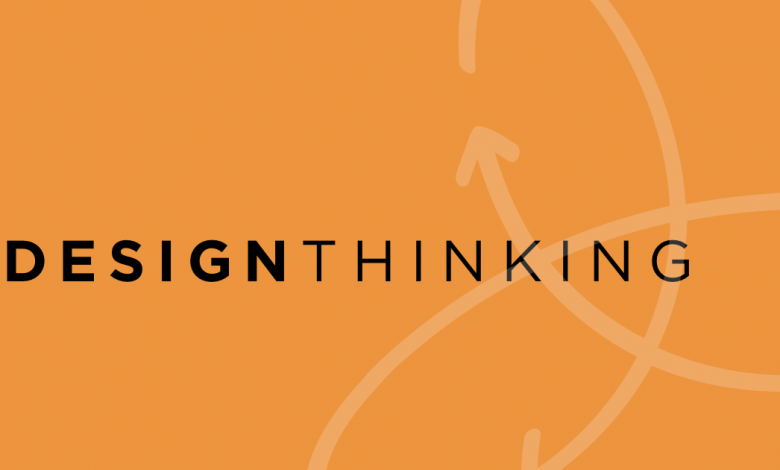All You Need to Understand about Design Thinking

Design thinking is a belief as well as a way of executing things. The basic origin of design thinking is to solve problems in an extremely user-pointed way. It’s an approach. It’s the way of looking at things and finding their true and unique meanings. Nevertheless, it is handy in tackling extreme or irregular problems. The beauty of design thinking is that it can be focused on anything. It doesn’t have to be necessarily focused on shapes. The best thing about design thinking is it doesn’t require any convincing if you are approaching the right clients.
Design thinking is key to the Future. Design thinking is to approach the task in a unique way. To think outside the box, to completely indulge yourself in the task.
1. Understand what the human need
In design thinking, observing is the key. Observing opens the senses of the designer to look through different angles. It’s the first and the most important step in design thinking. It’s crucial for the designer to understand what the client needs, even if he cannot spell it out. This factor out the chance of miscommunication, which devastates the consumer the most.
2. Tackle extreme tasks
Often what seems too simple becomes a headache. In design thinking, you are taught to be the problem solver, not the other way around. Design thinking enables you to address the problem, which is a crucial step. If you can’t know what’s wrong, then you can’t direct it in the right way. As you move forward, the tasks update. Through design thinking, you become ready for that transition.
3. Innovate and search uniquely
If the creativity or thinking capability dies, then you can’t dream. You can’t search for new things. If humans had not been searching for the technology, then we wouldn’t be having this interaction. Design thinking is the key behind all of these things. Innovation sets the human on the voyage of finding something new, something great, and design thinking enable it.
4. Efficiently organize and manage
Everything has a limit or is bounded by my time. The complexity of design thinking is that sometimes you can’t see the end or couldn’t reach the expected outcome. That’s where prototyping and testing come in handy. It enables us to learn through the way. To test the findings in the physical environment and get more ideas. Thus, you can see the progress as well as get hypothesis in the meantime.
Design-Thinking Process Framework
Design-thinking follows a thorough five-stage framework to not divert through the process.
1. Empathize
Design-thinking starts with the consumer. In the end, all that matters is satisfying the customer and fulfilling its needs. You have to interact with the consumer, get his understanding, and learn what he/she is trying to convey. You have to look through the words to get a clear understanding. First and foremost, you have to listen carefully through all senses. In the end, you will acknowledge the main points to let him know that his/her words are heard. You can take yourself as the consumer to visualize the design you are working on.
2. Define
In this part, you have to make bullet points. You have to extract the words and address the keywords. If you are working with a team or solo, either way, you need to highlight those. Try to make sense of everything from scratch. Make a pattern and think thoroughly. Take account of users’ difficulties and even address your owns if you can. In the end, frame the problems in words to make a bold statement. Include problems and functions of the product and make it a problem statement. The focus here is to make a problem statement addressing everything and making it the goal.
- Ideate
This is the part where talking and discussion come in most handy. Invite the members in a comfortable environment to brainstorm about the product and how to approach it. Introducing members from different specialties and personalities can be crucial here. This allows a wide variety of angles to approach the product. This also increases the chances of the product excelling or expect in different conditions. The goal here is to address problems bit by bit to save time. Divide and conquer fits here. Breaking the statement into parts and discussing it. The outcome increases exceptionally if everyone openly expresses his/her ideas to tackle the problems. The goal here is to formulate unique angles and answers for the statement.
- Prototype
This is the phase of testing ideas. This phase is like fruit is taking its shape. This doesn’t mean that the idea will work. It’s just to get a quick version of how much you have come. Prototypes are to get a quick view. The prototype is the phase of the product being transitioned from the ideal scenario to the real environment. Prototypes can be complete failures, but they are limitation failures of design-thinking. Prototypes teach lessons and valuable insights for the real product.
5. Testing
Finally, we are onto the last phase, but that doesn’t mean the work is done. Phase can always shift to square one. In testing, the prototype is handed to the consumer to determine its fate. This is deciding moment of the process. It is observed carefully. The customers provide their feedbacks which is completely independent and coherent. The prototype is tested in all possible environments to observe all scenarios. Tests are calculated and simulated to observe the behavior and then finally matched with the word statement to see the complete progress.
Design-thinking creates beauty in everything. Going on new adventures is always thrilling and so is the design-thinking process. Always be comfy for this voyage and if you are a pet-lover, then you can get an ESA Letter Online for always having your four-legged partner around. However, if the environment and the task remain the same, then the uniqueness dies and so does the design thinking.




